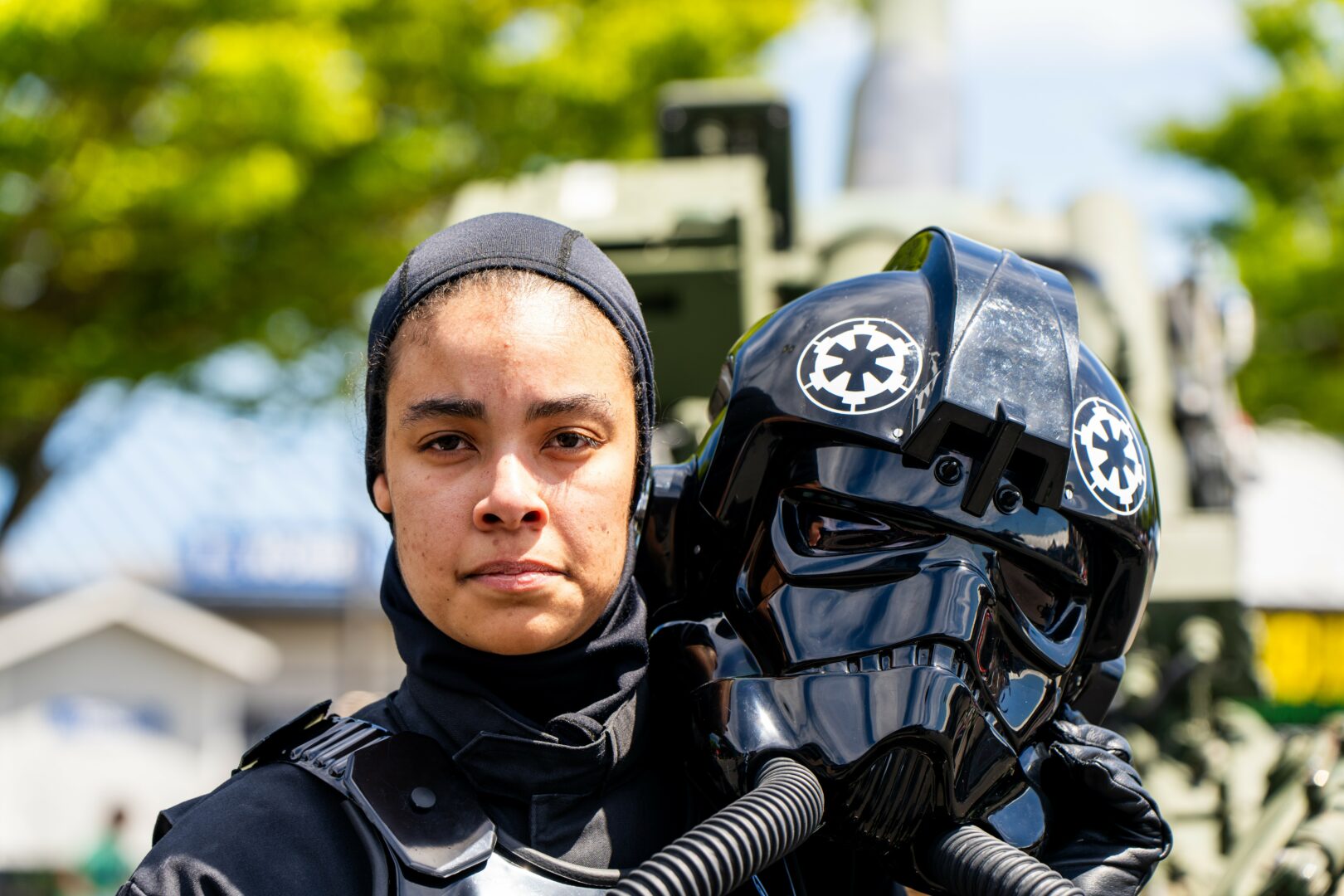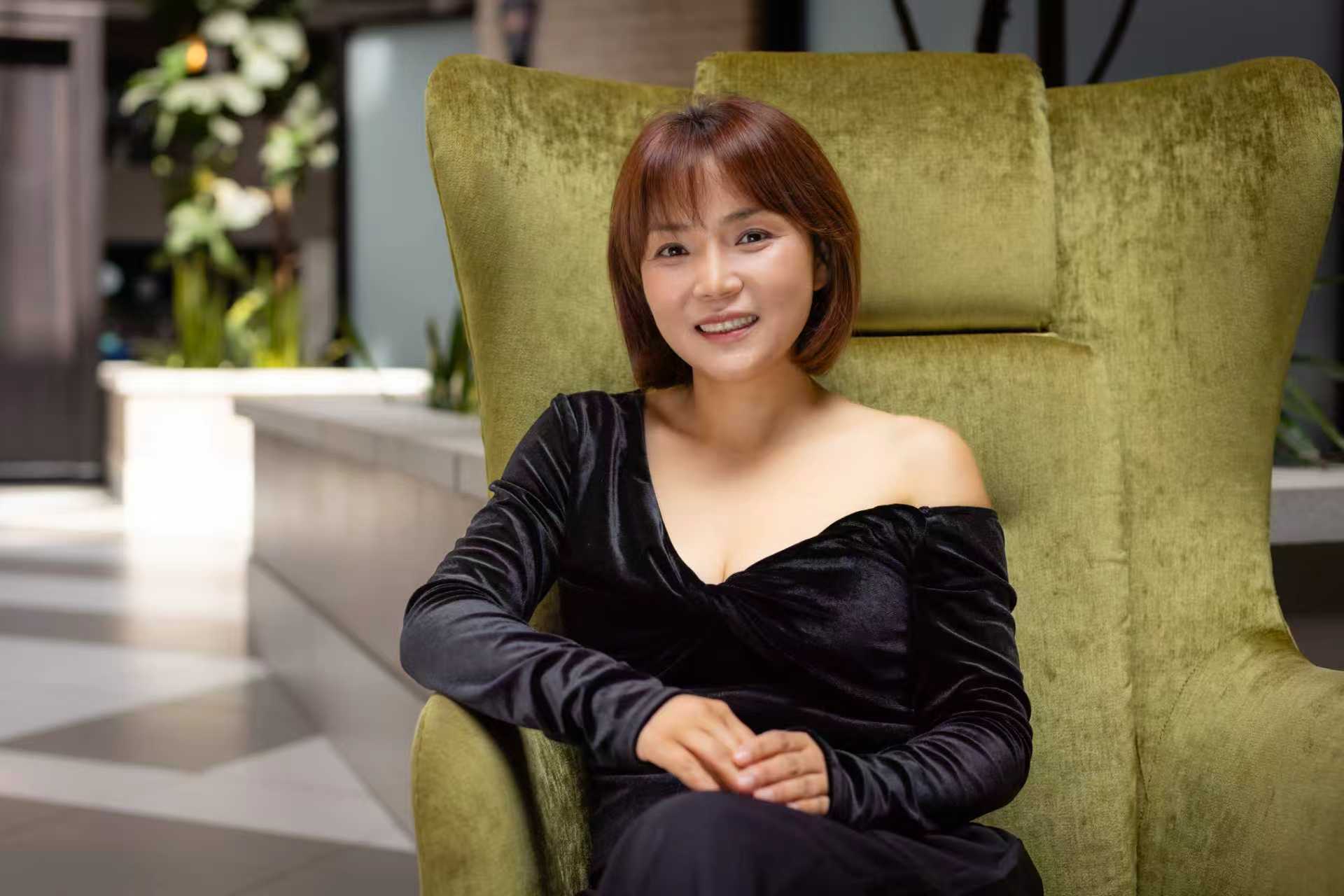Alright – so today we’ve got the honor of introducing you to Mingze Gao. We think you’ll enjoy our conversation, we’ve shared it below.
Hi Mingze, really happy you were able to join us today and we’re looking forward to sharing your story and insights with our readers. Let’s start with the heart of it all – purpose. How did you find your purpose?
I found my purpose through a continuous exploration of love and human connection, themes that have always been central to both my life and my artistic practice. My sensitivity toward emotions — the way I perceive and internalize them — has guided me to reflect on love not only as a feeling, but as a philosophical and existential question. Over time, I have sought to build a personal system of thought around it, allowing each work to extend that inquiry further.
For example, my earlier piece Hourglass can be seen as a kind of self-portrait — an introspective attempt to understand my own inner landscape. Later, in Ophrys Apifera, I delved deeper into the essence of love itself: how desire, projection, and illusion intertwine to shape human affection. I believe my purpose, and perhaps the purpose of art itself, is to construct and continually deepen a coherent theory of feeling — one that bridges the personal and the universal. My next step is to examine how AI reshapes intimacy — how technology participates in, mediates, or even creates emotional bonds between people. I’m currently exploring ways to use AI as a medium to simulate or construct new forms of closeness, questioning what it means to love and to be loved in an age of machines.
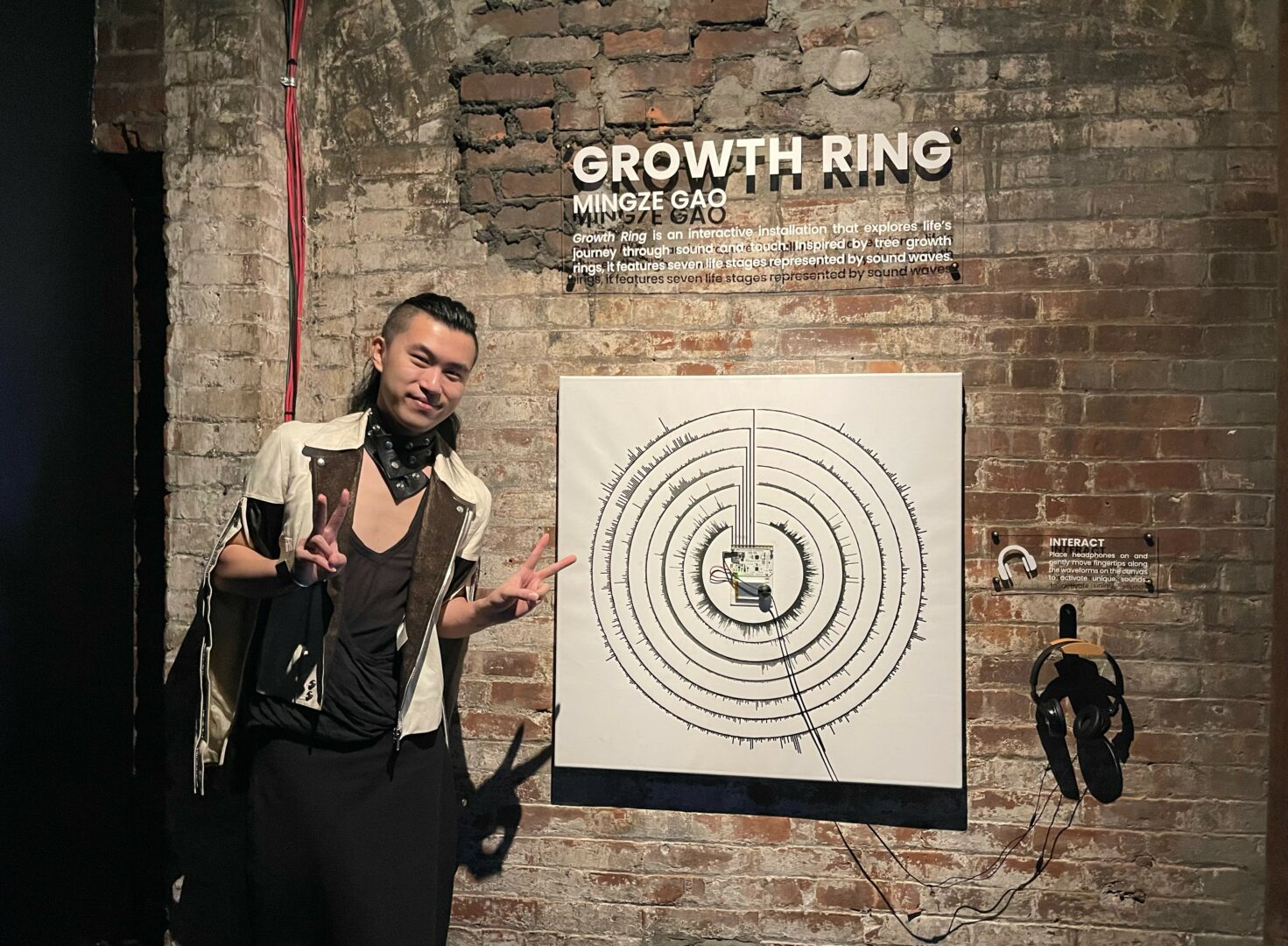
Appreciate the insights and wisdom. Before we dig deeper and ask you about the skills that matter and more, maybe you can tell our readers about yourself?
I am a new media artist. In my current practice, I’m expanding my exploration of human emotion into the intersection between intimacy and technology. I’m particularly interested in how artificial intelligence mediates our relationships — how it can become both a mirror and a companion in understanding what it means to love and to be human.
Right now, I’m developing a long-term research and art project that uses AI to simulate emotional presence and companionship. It’s both an artistic and philosophical inquiry into the future of connection — where empathy, loneliness, and machine intelligence converge. Through this work, I hope to create immersive experiences that allow viewers to confront the evolving boundaries between human affection and artificial consciousness.
Beyond this project, I continue to build a body of installations and media works that bridge tactile materials and digital systems, reflecting on how contemporary technologies shape the texture of our inner lives.
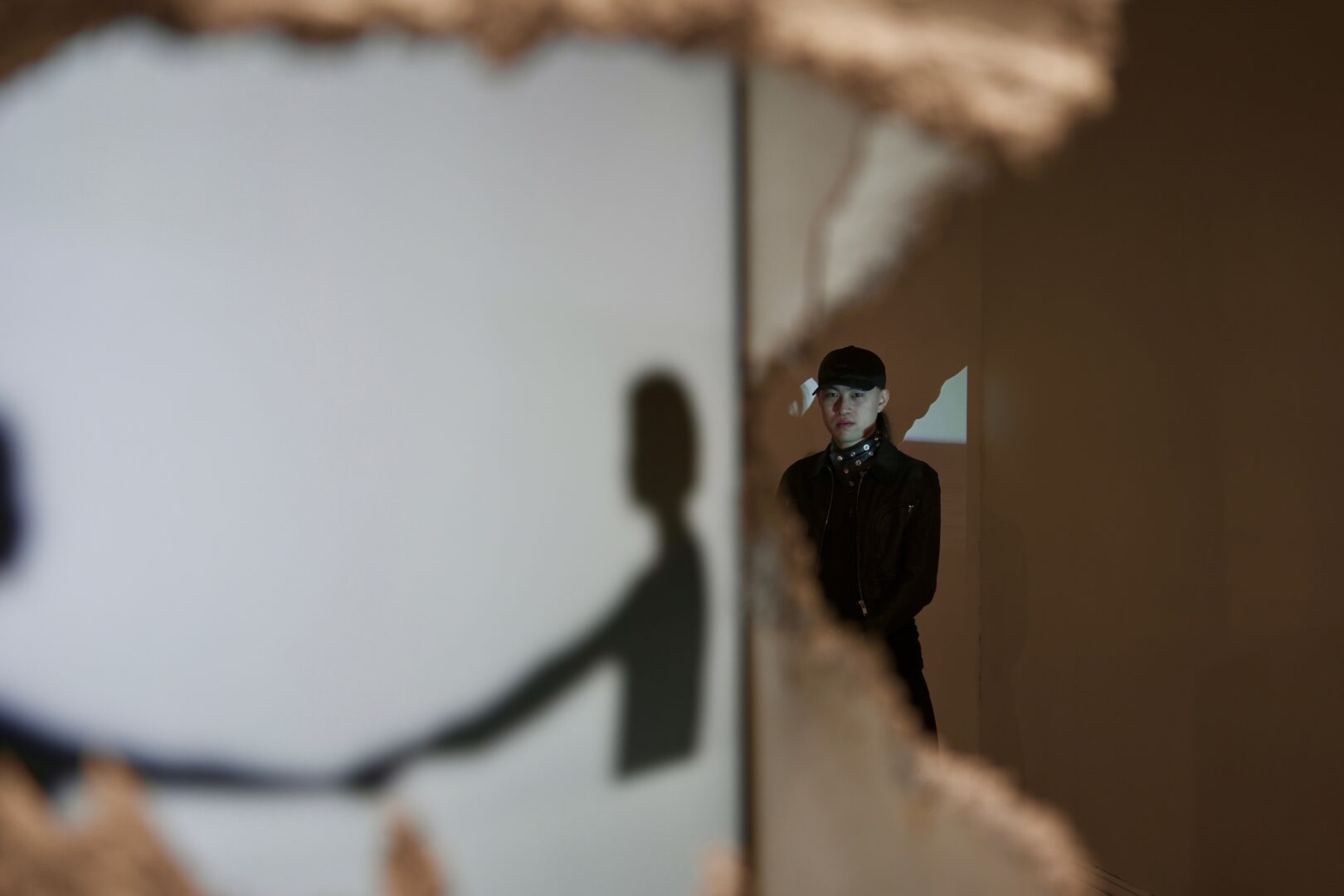
If you had to pick three qualities that are most important to develop, which three would you say matter most?
Looking back, I think three qualities have been especially impactful in my journey as an artist.
The first is continuous learning — staying curious about new tools and technologies. As a new media artist, the landscape is always shifting, so it’s essential to keep experimenting and teaching yourself new methods. My advice is to approach every new skill not just as a technique, but as a potential language for expression.
The second is staying passionate. Art can be uncertain and emotionally demanding, and passion is what sustains you through the quiet and difficult periods. Protect that inner fire — let your curiosity and emotions guide your work rather than external validation.
And finally, never overlook small opportunities. Some of the most meaningful experiences in my career started from something seemingly minor — a short collaboration, a small exhibition, a single introduction. Every encounter has the potential to shape your path in unexpected ways. Stay open, stay humble, and say yes when your intuition tells you to.

Alright so to wrap up, who deserves credit for helping you overcome challenges or build some of the essential skills you’ve needed?
I earned my Master’s degree from the Interactive Telecommunications Program (ITP) at NYU Tisch School of the Arts, where I was fortunate to meet people from every corner of the new media art world — artists, technologists, designers, and educators. The program wasn’t just about learning technical skills; it was about being immersed in a community that constantly exchanged ideas and challenged each other’s perspectives.
Many of my peers and mentors from ITP have continued to play important roles in my professional journey — as collaborators, colleagues, and friends. They’ve taught me that your community is your greatest resource. Surrounding yourself with curious, generous, and creative people will push you to grow in ways you can’t achieve alone.
Contact Info:
- Website: https://www.mingze.art/
- Instagram: @mingzewiththez
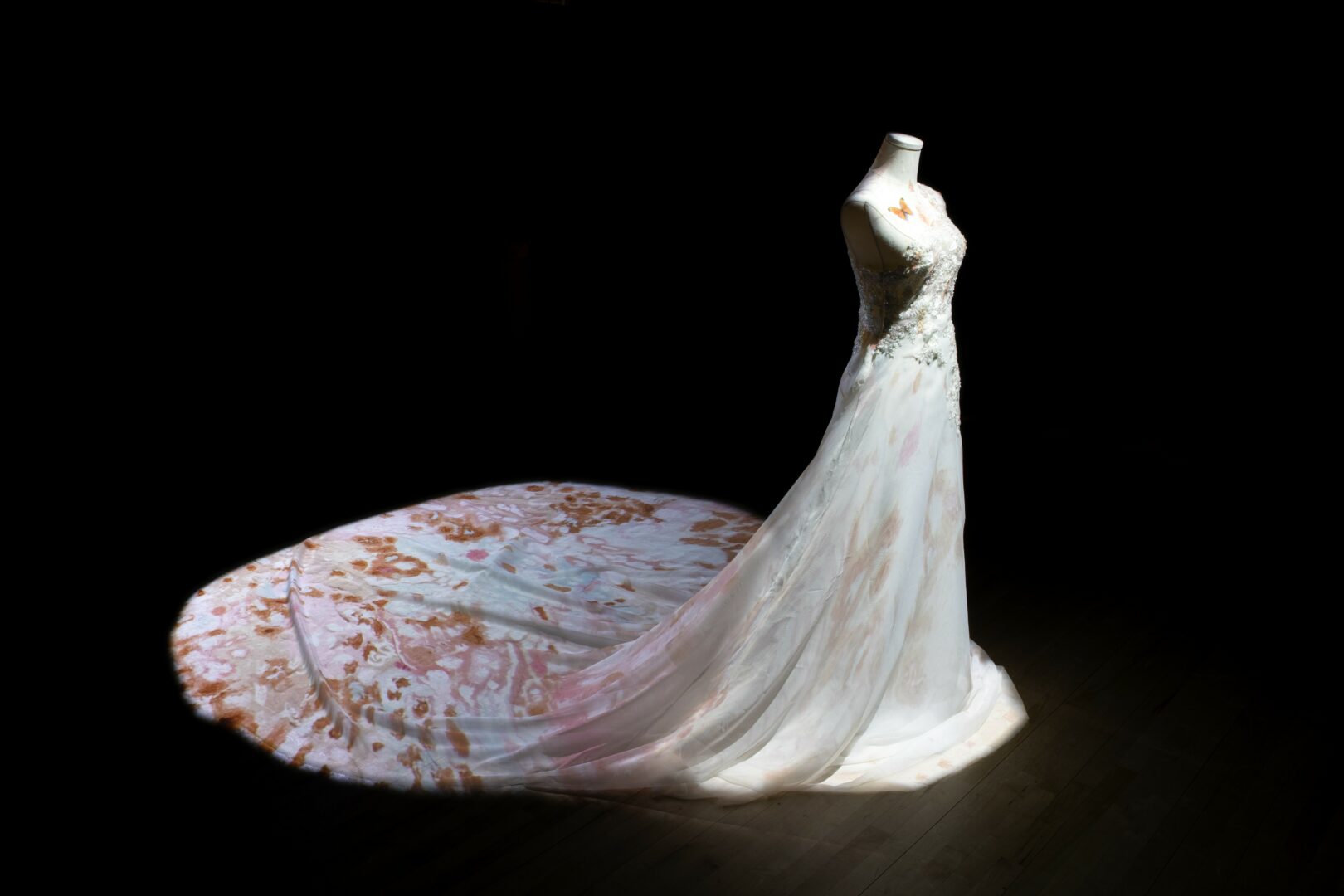

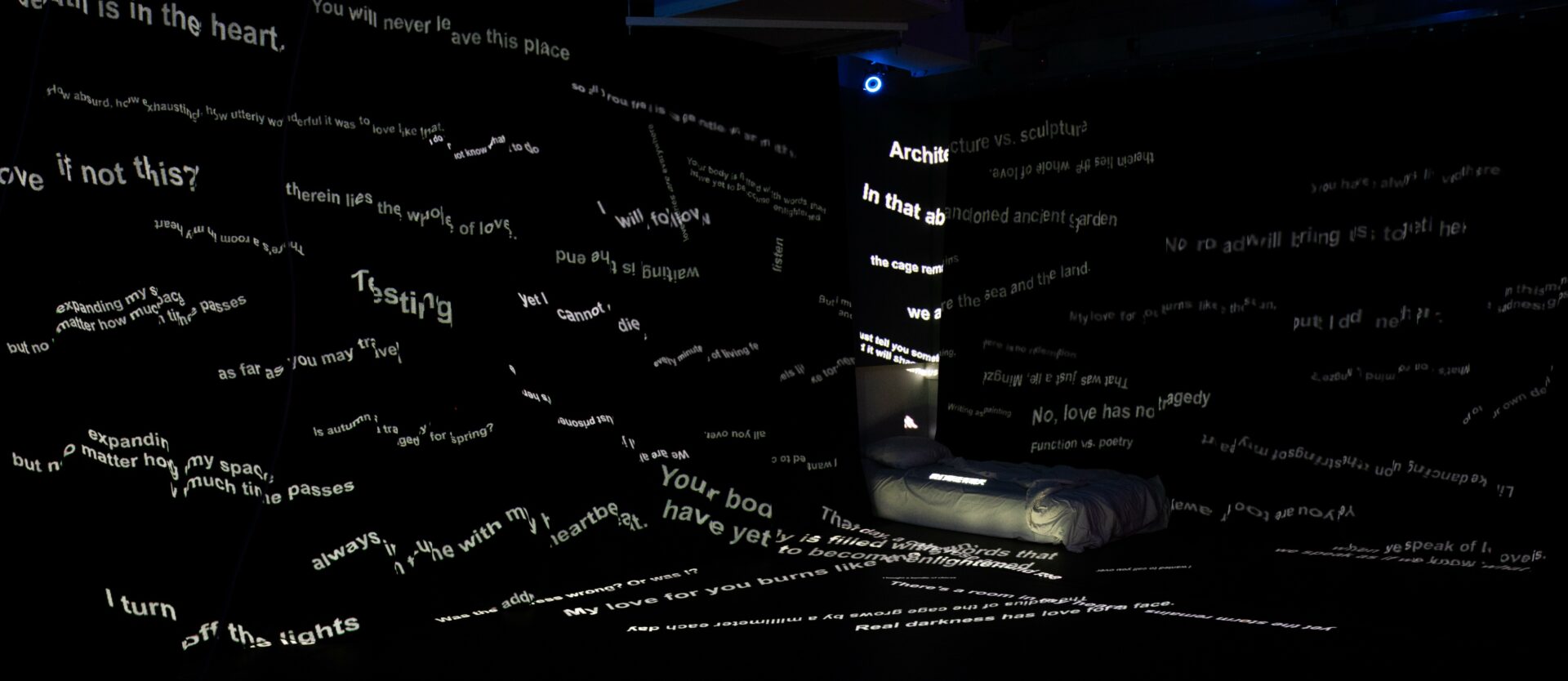
Image Credits
Photography by Yufei Ma.
so if you or someone you know deserves recognition please let us know here.



